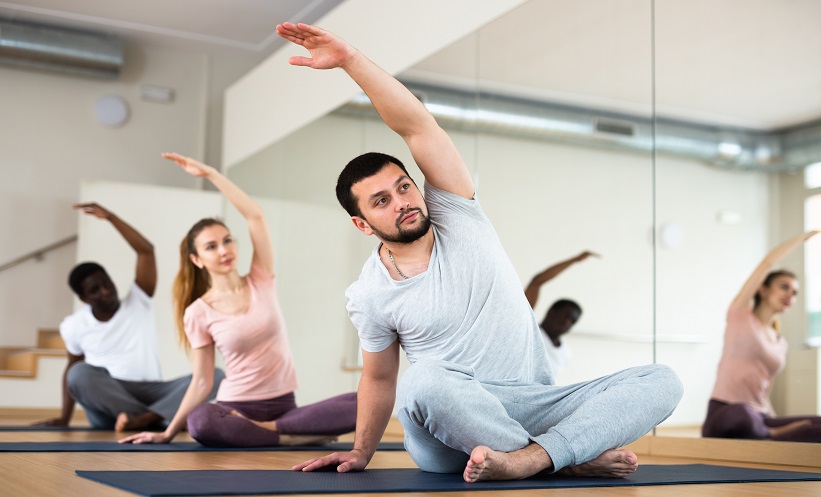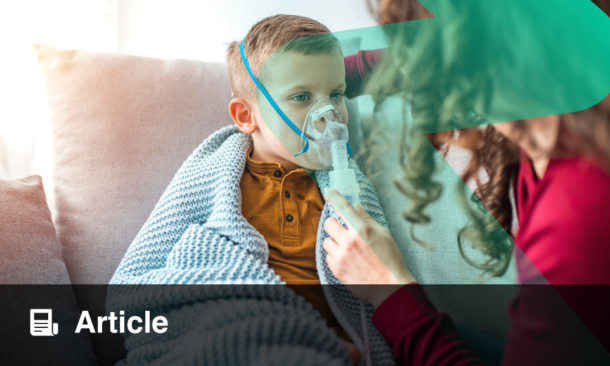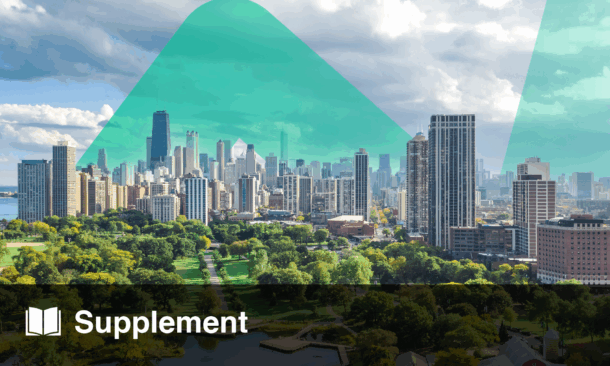COPD significantly impairs respiratory function and reduces exercise capacity. Rehabilitation exercises, particularly breathing techniques, are often recommended to improve these aspects, but the comparative efficacy of different interventions remains uncertain. A recent study sought to evaluate the effects of breathing exercises alone versus a combination of breathing and stretching exercises on respiratory indices, disease severity, and exercise capacity in COPD patients. The randomised clinical trial involved 32 male COPD patients, divided into control and intervention groups. The intervention group performed combined breathing and stretching exercises, while the control group underwent routine breathing exercises alone. The study found that the combined intervention produced more significant improvements across all measured outcomes.
Participants in both groups underwent training twice daily for five days, with assessments taken before and after the intervention. The tools used included the COPD assessment test, the 6-Minute Walk Test (6MWT), venous blood gas analysis, and pulse oximetry. Data were analysed using SPSS 25.0, with statistical tests including Shapiro-Wilk, Chi-square, independent t-test, and paired t-test.
The results showed statistically significant changes in both groups, but the intervention group demonstrated more pronounced improvements. The mean PCO2 (partial pressure of carbon dioxide) decreased significantly more in the intervention group (p=0.008), while O2 saturation increased notably in the same group (p=0.004). The control group showed no significant change in O2 saturation (p=0.301). Disease severity, as measured by the COPD assessment test, was reduced more in the intervention group (p=0.005), and the increase in the 6MWT scores was also greater in the intervention group (p=0.001). These statistical findings suggest that combined breathing and stretching exercises are superior to breathing exercises alone in improving respiratory function, reducing disease severity, and increasing exercise capacity in COPD patients.
In conclusion, the results highlight the benefits of combining breathing and stretching exercises in the rehabilitation of COPD patients. The statistical significance of improvements in PCO2, O2 saturation, disease severity, and 6MWT scores underscores the efficacy of this combined approach. However, the study is limited by a small sample size and the inclusion of only male participants, which may limit the generalisability of the results. Future research should explore the long-term effects and broader applicability of these interventions in different patient demographics and clinical settings.
Reference
Zare T et al. Comparing effects of breathing exercises alone and combined with breathing-stretching exercises on respiratory indices, disease severity and exercise capacity in COPD. Sci Rep. 2025;15(1):5068








